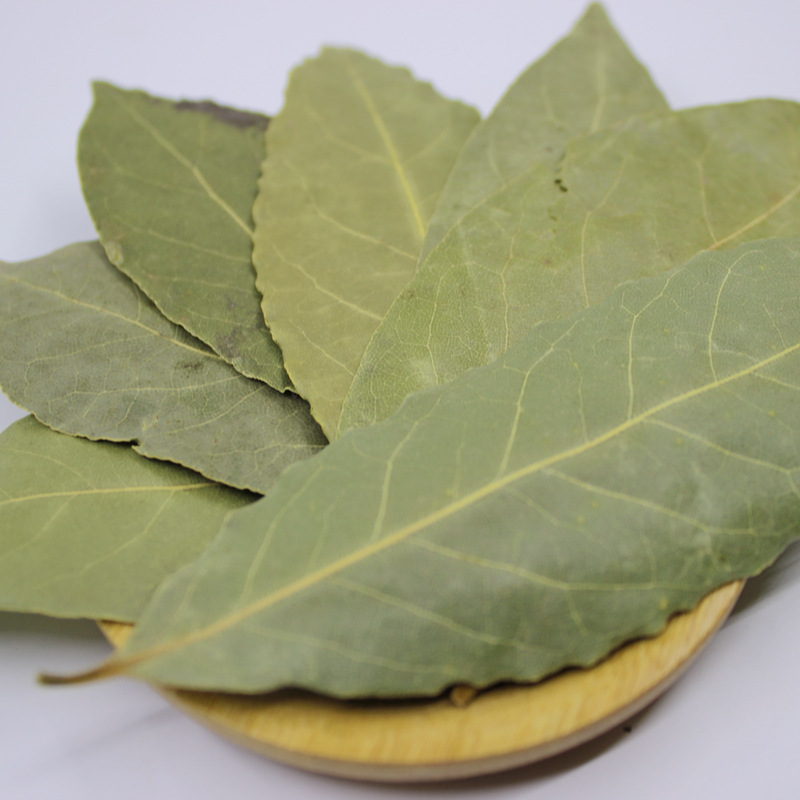Laurel leaf typically refers to the leaves of the bay laurel tree (Laurus nobilis). These aromatic leaves are commonly known as bay leaves and are widely used in cooking for their distinctive flavor and fragrance. Here are some key points about laurel leaves:

Flavor and Aroma: Laurel leaves have a mild, slightly bitter taste with a subtle aromatic fragrance. They are often used to add depth and flavor to various dishes, but they are not typically consumed whole; instead, they are added to recipes during cooking and then removed before serving.
Culinary Uses: Laurel leaves are a popular ingredient in many cuisines around the world. They are used to flavor soups, stews, sauces, marinades, and braises. The leaves are also a common addition to pickling liquids. It's important to note that the leaves are tough and can be a choking hazard, so they are usually removed from the dish before serving.
Drying and Storage: Laurel leaves are often used in their dried form. To dry fresh bay leaves, they are typically hung in a cool, dry place. Dried bay leaves can be stored in an airtight container away from heat and light.
Medicinal Uses: In traditional medicine, bay leaves have been used for various purposes, including promoting digestion and reducing inflammation. However, their culinary use is more widespread than their medicinal use.
Bay Laurel Tree: The bay laurel tree, from which these leaves are derived, is an evergreen tree native to the Mediterranean region. It is also known as the sweet bay, Grecian laurel, or true laurel.
Caution: While bay leaves are safe for most people when used in cooking, they should not be consumed in large quantities due to their potency. Additionally, it's crucial to remove the leaves from the dish before serving, as they are not meant to be eaten.
Bay leaves are a versatile and aromatic addition to many dishes, contributing a subtle and distinctive flavor. They are a staple in the kitchen and are often included in spice blends and herb mixtures.